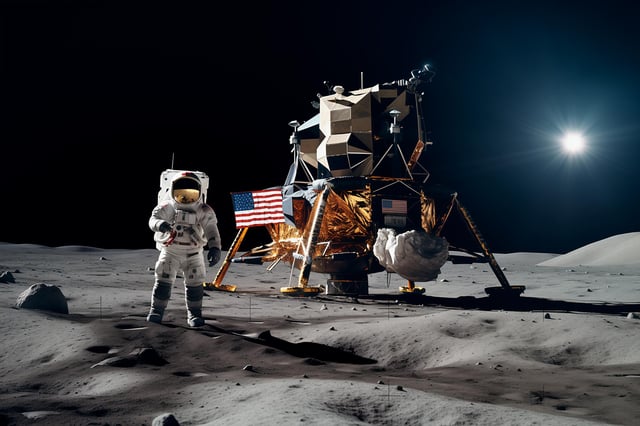Overview
- Scientists propose declaring a new geological epoch on the moon, the 'Lunar Anthropocene', marking the significant human impact on the moon since 1959.
- The Lunar Anthropocene may have begun with the landing of Russia's Luna 2 spacecraft, the first human disturbance on the moon's surface.
- Human activity, including spacecraft landings and lunar rovers, has displaced more surface regolith than natural processes such as meteoroid impacts.
- Researchers argue for the creation of lunar 'national parks' to preserve areas for scientific study and to protect the lunar environment from further human impact.
- Scientists warn that the lunar landscape could look entirely different in 50 years due to increased human activity, including planned colonisation and mining efforts.



